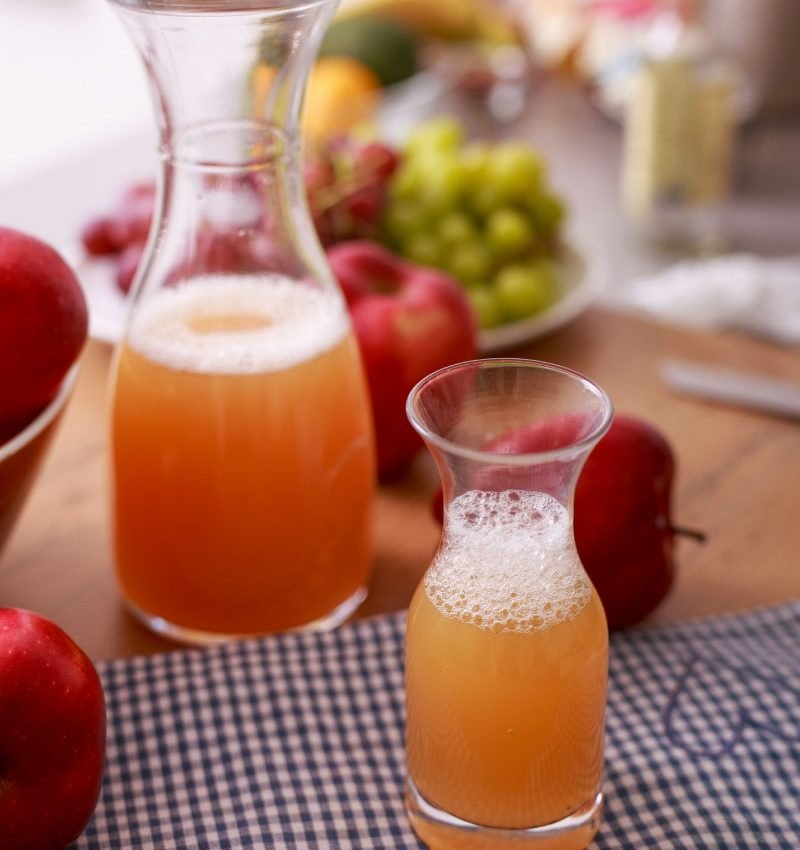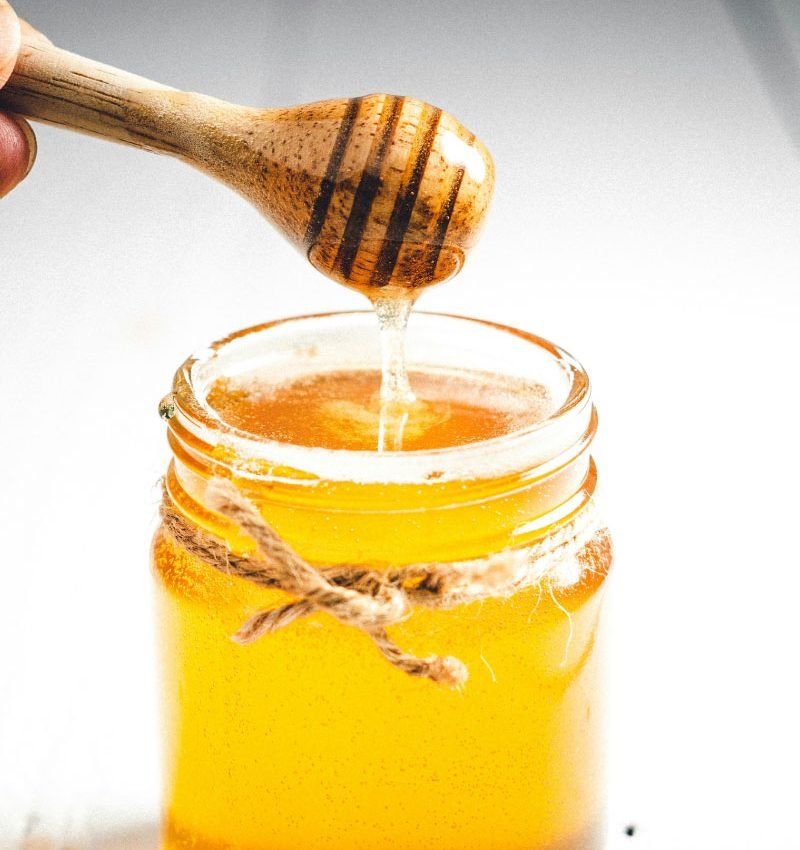


No products in the cart.
The Art of Making Fermented Fruit Juice: Origins and Methods
Fermented fruit juice is not just a delightful beverage; it’s a drink steeped in history, tradition, and health benefits. From ancient civilizations to modern-day enthusiasts, the practice of fermentation has evolved, capturing the essence of fruits in a tangy, effervescent form. This article delves into the origins of fermented fruit juice, its benefits, and popular methods for making it at home.
Origins of Fermented Fruit Juice
The practice of fermentation dates back thousands of years. Evidence suggests that early humans fermented fruits to create alcoholic beverages long before the advent of modern food preservation techniques.
- Ancient Civilizations: Archaeological findings indicate that civilizations in Mesopotamia and Egypt fermented various fruits, primarily to produce wine. Berries, especially grapes, were among the first fruits to be fermented, giving rise to classic wines.
- Culinary Traditions: In many cultures, fermented drinks hold ceremonial significance. In Asia, for example, drinks like fruit-based wines and meads have been enjoyed for centuries. The Japanese have a long-standing tradition of producing fruit wines known as “umeshu,” made from ume plums.
Benefits of Fermented Fruit Juice
Fermented fruit juice is more than just a tasty drink; it offers a range of health benefits:
- Probiotics: The fermentation process encourages the growth of beneficial bacteria, known as probiotics, which can promote gut health and enhance digestion.
- Nutrient Absorption: Fermentation can increase the bioavailability of certain nutrients, making them easier for the body to absorb.
- Preservation: Fermented juices can last longer than fresh fruit, reducing waste while retaining many of the fruit’s health benefits.
Methods of Making Fermented Fruit Juice
Creating your own fermented fruit juice at home can be a fun and rewarding experience. Here are some common methods to get started:
- Simple Fermentation:
– Ingredients: Fresh fruits (like apples, cherries, or berries), sugar, and water.
– Method:
- Chop the fruits and place them in a clean jar.
2.Dissolve sugar in water and pour it over the fruits, ensuring everything is submerged.
3.Cover the jar with a cloth and secure it with a rubber band to allow airflow while keeping out dust.
4.Leave it at room temperature for a few days to a week, tasting periodically until it reaches your desired flavour.
2.Using Starters:
– Ingredients: Fresh fruit, sugar, and a fermentation starter (like a probiotic capsule or a bit of previously fermented juice).
– Method:
- Prepare the fruit and sugar solution as above.
- Add the starter to the jar and mix well.
- Seal the jar loosely to allow gas to escape during fermentation.
- Let it ferment for a week or more, depending on your taste preference.
- Sparkling Fermented Juice:
– Ingredients: Fruit juice (like apple or grape juice), sugar, and champagne yeast.
– Method:
- Combine fruit juice and sugar in a sanitized fermentation vessel.
- Add yeast and stir to incorporate.
- Seal with an airlock to prevent pressure build-up during fermentation.
- After a week or two, bottle the juice in a method that allows a bit of remaining sugar for carbonation.
Conclusion
Making fermented fruit juice is a creative blend of art and science, encapsulating centuries of tradition and knowledge. With its numerous health benefits and delicious flavours, it’s no wonder that more people are returning to this age-old practice. Whether you’re aiming to enhance gut health or simply enjoy a bubbly beverage, the journey of fermentation is a rewarding endeavour. So, gather some seasonal fruits, experiment with your techniques, and savour the vibrant, tangy results of your efforts!

“Tellus ut elit telluctus.”

“Lorem ipsum dolor sit amet.”
Duis aute irure dolor in reprehenderit in voluptate velit esse cillum dolore eu fugiat nulla pariatur. Excepteur sint occaecat cupidatat non proident, sunt in culpa qui officia deserunt mollit anim id est laborum. Sed ut perspiciatis unde omnis iste natus error sit voluptatem accusantium doloremque laudantium, totam rem aperiam, eaque ipsa quae ab illo inventore veritatis et quasi architecto beatae vitae dicta sunt explicabo duis aute irure.
“Lorem ipsum dolor sit amet, consectetur adipiscing elit. Ut elit tellus, luctus nec ullamcorper mattis, pulvinar dapibus leo totam. Rem aperiam, eaque ipsa quae ab illo inventore veritatis et architecto. Consectetur adipiscing elit.”
Nemo enim ipsam voluptatem quia voluptas sit magni dolores porro quisquam est, qui dolorem ipsum aspernatur aut odit aut fugit, sed quia consequuntur magni dolores eos qui ratione voluptatem sequi nesciunt. Neque porro quisquam est, qui dolorem ipsum quia dolor sit amet, consectetur, adipisci velit, sed quia non numquam eius modi tempora.